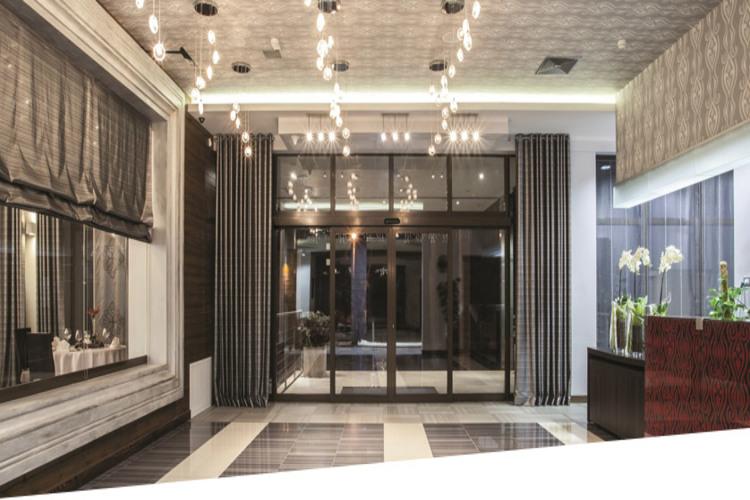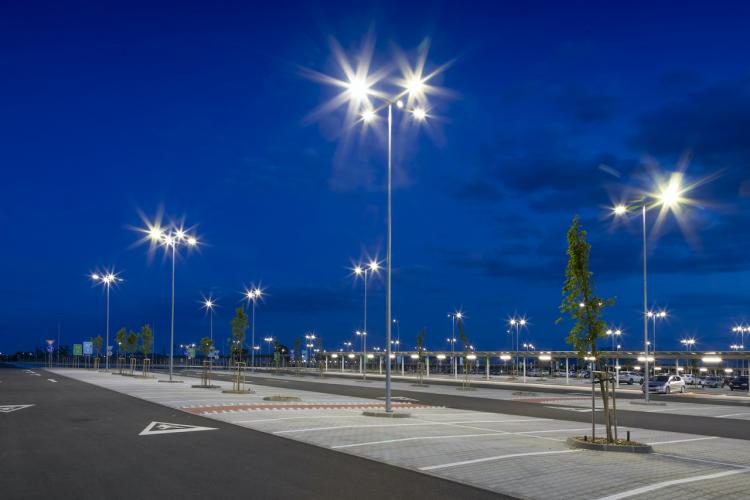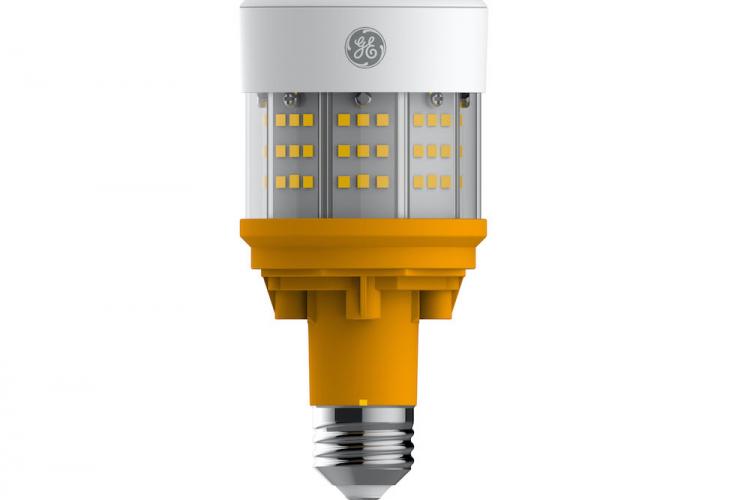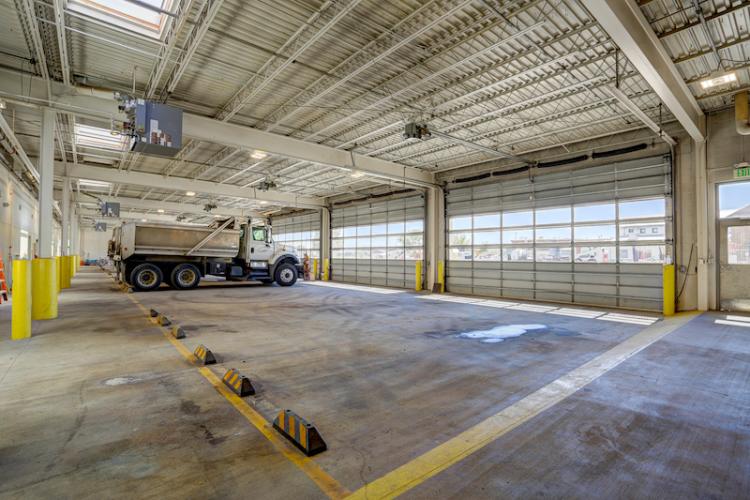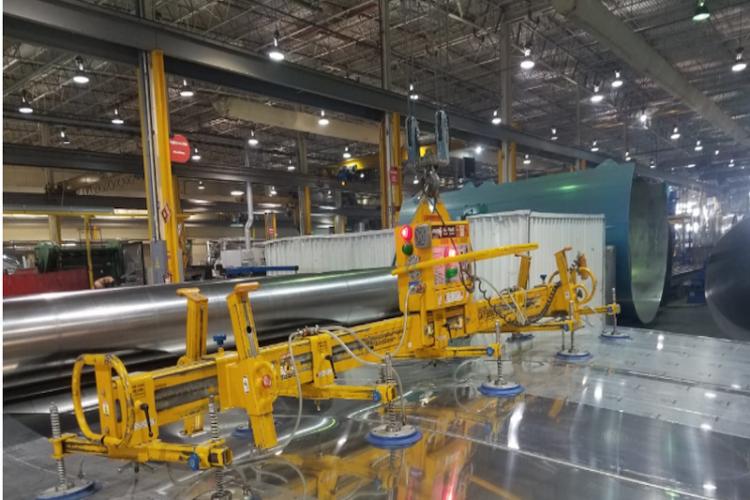Re-imagining Energy Management to Drive Hotel Asset Value
Re-imagining Energy Management to Drive Hotel Asset Value
The quest for increasing “asset value” is never-ending for today’s hotel owners, management companies and developers, but the goal is the same—to create and sustain a property (or portfolio) that is operationally sound and fiscally strong throughout its life, particularly at the time of sale.
While green efforts are not new to the hospitality industry, hoteliers are increasingly tapping the wave of smart energy management solutions in the market because of the substantial savings they yield and their correlation to boosted asset value. A hotel’s energy demands don’t waiver—energy is constantly consumed at a hotel regardless of property size, any brand affiliation, geographic market or time of year. When the right energy-saving measures are implemented, utility costs are dramatically reduced, more money goes to the bottom line, and hoteliers are poised to realize the rewards of a financially healthy green property. Making a property more sellable in the future starts with outfitting it for success at the onset, or through green renovations and retrofits during ownership.
Enhance Value by ‘Stacking Nickels’
Adding wealth to a hotel’s bottom line is essential, and even small sustainable actions deliver a significant return on investment in both the short- and long-term. Matt McClelland, Executive Vice President of Operations and Development for Concord Hospitality, likens the idea to “stacking nickels.”
Whether it’s installing LED bulbs in hallways (where the energy savings return Concord experienced has been quick—in approximately six months) or utilizing LED adapters for retrofits (where the company’s savings are seen in under 16 months), McClelland believes that utility savings afford an instant shot of financial value. “We look at every place we can realize energy savings, whether we are buying, converting or building a property,” he explained. “There is a tangible pay-off to ‘stacking nickels’, and you will reap the rewards when selling the asset.”
Sometimes those nickel savings are substantial. The implementation of LED occupancy sensors in the hallways of one of Concord’s hotels in the Greater Toronto Area has yielded a savings of $12,000–$15,000 a year. Looking beyond the interior, the outside of a hotel offers extensive LED opportunities as well—such as exterior lighting on buildings and in parking lots, plus landscape illumination. Even changing exterior


